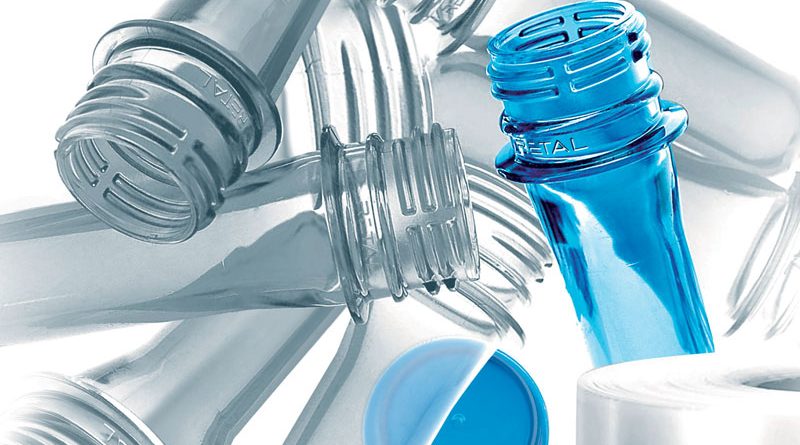Software Connects Rapid Design and Sustainability
The Dassault Systèmes 3DEXPERIENCE platform, with its seamlessly integrated applications CATIA for design and SIMULIA for analysis and digital simulation, allowed the global PET preform producer RETAL to largely reduce the time required to design and manufacture its products. Besides ensuring lightweight and flexible plastic packages, these also look towards improved sustainability.
by Leonardo Albino
A major business driver in today’s competitive packaging market is to deliver high quality products at a lower cost. “Bottles must be lightweight, which reduces our customers’ costs because less plastic is used to produce the bottles – Anton Sugoniaev, beverage packaging expert, RETAL R&D, said -. However, bottles also need to be sturdy and stable to withstand heavy loads when stacked during transportation and storage. By optimizing the preform, we can attain bottle performance similar to that obtained using a heavier preform”.
“Another factor driving our customers is time to market,” Andrew Huestis, public relations director, RETAL said. “If they cannot quickly introduce innovations to satisfy end consumers’ needs, someone else will. So we need to accelerate our response time. This and our emphasis on customer service are what differentiates us from our competition. We can make this possible because we have the latest manufacturing and testing equipment and the best software solutions”.
Reduced time and costs by limiting the use of physical prototypes
In order to satisfy these challenges, RETAL adopted the 3DEXPERIENCE platform with its seamlessly integrated applications CATIA for design and SIMULIA for analysis and digital simulation. RETAL leverages the design application CATIA to digitally develop and propose various container designs to its customers. This provides time savings by avoiding reiteration loops and reduces expenses by limiting the use of physical prototypes. “CATIA helps us design the best package because we can rapidly come up with many different alternatives that customers can visualize in a digital environment before choosing the best one for physical prototyping”, Sugoniaev explained. “With CATIA it’s easy to apply specific attributes to the product under development, like changing the wall thickness. When we are working on caps we can play with the knurling pattern and apply changes rapidly. The knurling pattern is a certain arrangement of side ribs designed to assure convenient grip for consumers during opening as well as robust torque transmission during automated capping”, he explained. “With respect to bottles we can play with diameters, modify a label position, change the decoration, and in the end we obtain various bottle designs, which are later selected according to their performance. In the past we worked with OEMs to produce drawings or to create prototypes, to see what the product would look like. This was always a time-consuming process. With the 3DEXPERIENCE platform, the design team can quickly deliver high-quality solutions in a digital environment. In this way, we rely less on physical prototyping and can even launch a product straight into production based only on its digital model”, Sugoniaev said.
The starting point is a 3D file
Designers often use reverse engineering to improve bottle designs done by a third party. “I usually start with a 3D file, which can be obtained by scanning a bottle with our 3D scanner”, Andzejus Buinovskis, design engineer at RETAL said. “Once I have a 3D file, I import it into CATIA, and create as many sections of the bottle as I need. Otherwise, I would need to cut the actual bottle to obtain these samples, which would be deformed in the process.
I can then redesign the bottle and create a surface model for simulation with the SIMULIA application to see how I can improve the preform and engage in light-weighting to make it lighter”.
“It is very important, in this case, to know how much material we save. So, we model the geometry and calculate the weight of the preform with CATIA, and apply the necessary design changes. Once validated, we generate the drawings and send them to our customer for production. Without the possibility to reverse engineer the bottle with the 3DEXPERIENCE platform, I would need a laboratory full of equipment to obtain the same results. There are other advanced features, which are useful in the 3DEXPERIENCE platform but the most important for me is the drafting feature. It allows me to quickly create drawings and to apply all the dimensions and annotations to the preforms, bottles and closures, which can have very complex surfaces”, Buinovskis said. “This entire process is fluid due to the seamless integration between the Dassault Systèmes applications CATIA and SIMULIA”.

